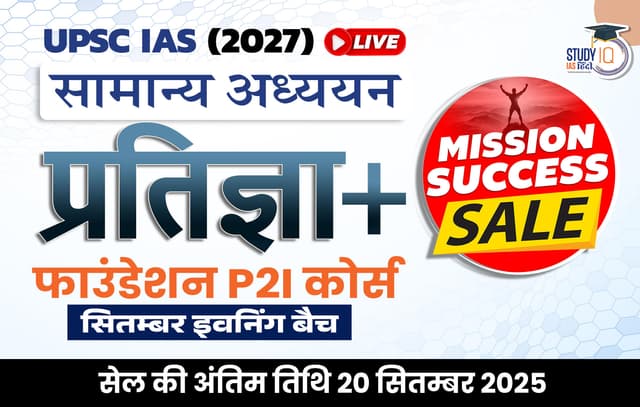Table of Contents
About OOPE and its Trends
- It refers to the money people pay directly from their own pockets for medical services, such as doctor visits, medicines, and hospital stays.
- It excludes those covered by public or private insurance or social protection schemes.
- Between 2014-2022, the share of Out of Pocket Expenditure (OOPE) in the Total Health Expenditure declined from 62.6% to 39.4%.
Reasons for decline in Out-of-Pocket Expenditure
- Increased Government Health Expenditure (GHE): Between 2014-15 and 2021-22, the government’s share of health expenditure grew from13% to 1.84% of GDP. (Target – 2.5% of GDP by 2025)
- Expansion of Social Security Expenditure (SSE): SSE on healthcare, including government-funded health insurance and social health programs, has increased from 5.7% of Total Health Expenditure (THE) in 2014-15 to 8.7% in 2021-22.
- Growth of Government-Funded Insurance Schemes: Programs like Ayushman Bharat, along with various state-level health insurance schemes, have provided insurance coverage to economically vulnerable populations.
- Focus on Public Health Infrastructure and Workforce: Increased investment in healthcare infrastructure and workforce development, especially in underserved areas has improved service availability and affordability.
- Targeted Programs for Non-Communicable Diseases (NCDs): Government programs to manage and prevent NCDs reduced the financial burden on patients.


 INS Androth Commissioned into Indian Nav...
INS Androth Commissioned into Indian Nav...
 Anticipatory Bail in Caste Crime Cases
Anticipatory Bail in Caste Crime Cases
 Corn Production In India and Trade: Why ...
Corn Production In India and Trade: Why ...






















